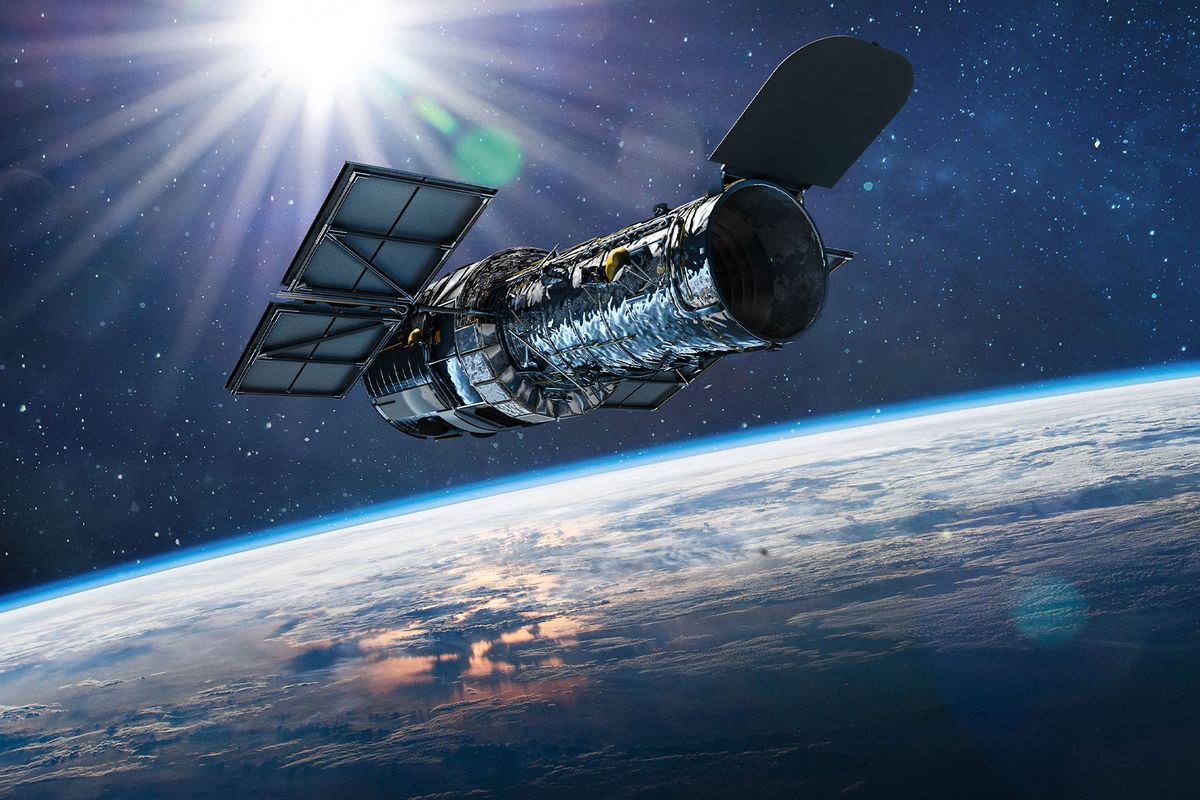
The Hubble telescope has captured its largest-ever image, opening a new page in studying the rarest galaxies of the universe.
Thanks to the Hubble telescope, we are one step closer to studying the secrets of the universe

Since its launch in 1990, NASA’s Hubble Space Telescope has been crucial for charting the universe. Over the years, it has sent thousands of images, helping researchers better understand the universe. An international team of scientists was successful in releasing the largest near-infrared image taken by the Hubble Space Telescope. It covers a huge amount of area, and scientists believe that this is vital in understanding star-forming regions of the universe and extremely distant galaxies. This will also help in identifying rare objects and targeting them. Additionally, we can follow up through observations from the newly launched James Webb Space Telescope.
It was possible due to a new technique known as Drift and Shift (DASH)
Hubble’s largest-ever image was possible due to a new technique known as Drift and Shift (DASH), developed by scientists from the University of Toronto. DASH was able to create an image almost eight times larger than the normal pictures taken by the Hubble telescope. As per a study published in The Astrophysical Journal, the method helps the Hubble take eight pictures instead of one picture per orbit. It results in a massive increase in data and the images are finally put together to create a panoramic view.
With this, astronomers have near-IR images of the entires COSMOS field for the first time. The COSMOS field is a Hubble project by NASA for surveying a two square degree equatorial field using advanced cameras.
“Since its launch more than 30 years ago, the Hubble Space Telescope has led a renaissance in the study of how galaxies have changed in the last 10-billion years of the universe,” stated Lamiya Mowla. Mowla is a researcher from the University of Toronto.
Moreover, “The 3D-DASH program extends Hubble’s legacy in wide-area imaging so we can begin to unravel the mysteries of the galaxies beyond our own,” he added.
